Is the Infiniti Q60 Packed with Too Much Tech?
#FuturePeopleProblems


The lovely new 2017 Infiniti Q60 sport coupe is an eye-catching 2+2 with all the requisite ingredients to be a memorable enthusiasts’ hot rod.
But the Q60 packs a supercomputer’s worth of advanced technology beneath its sleek bodywork, and as smart as those computers may be, they lend an artificial feeling to the otherwise excellent sports car.
Fortunately, some of the problematic issues are with devices that are optional, so you can easily avoid them. Others are just the way is is, so beware if you fall in love with the Q60’s pretty face; it does come with some baggage.
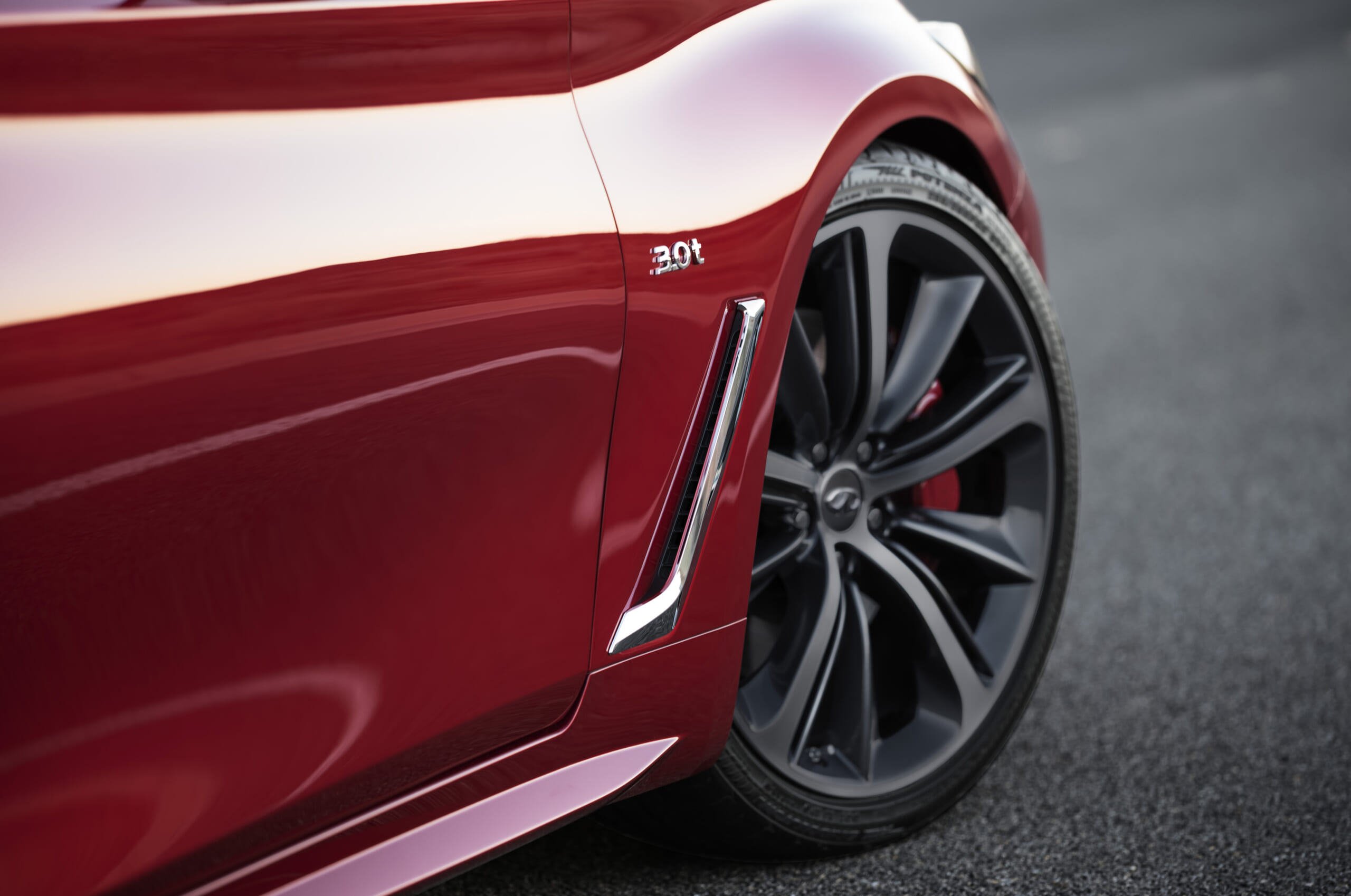
1. Virtual, by-wire steering.
Infiniti is rather proud of the undoubtedly challenging task of developing a system to steer the car by wire. In fact, the Q60 boasts the company’s second iteration of this technology, which eschews the conventional steering column connected to a steering rack for wires, sensors and a force-feedback steering wheel just like one of the better video game simulators.
The result is a darn good impersonation of a killer driving simulator. It almost feels like you’re driving a real car! But even this upgraded version of Infiniti’s new steer-by-wire technology falls well short of an actual steering wheel that has a physical connection to the car’s front tires.
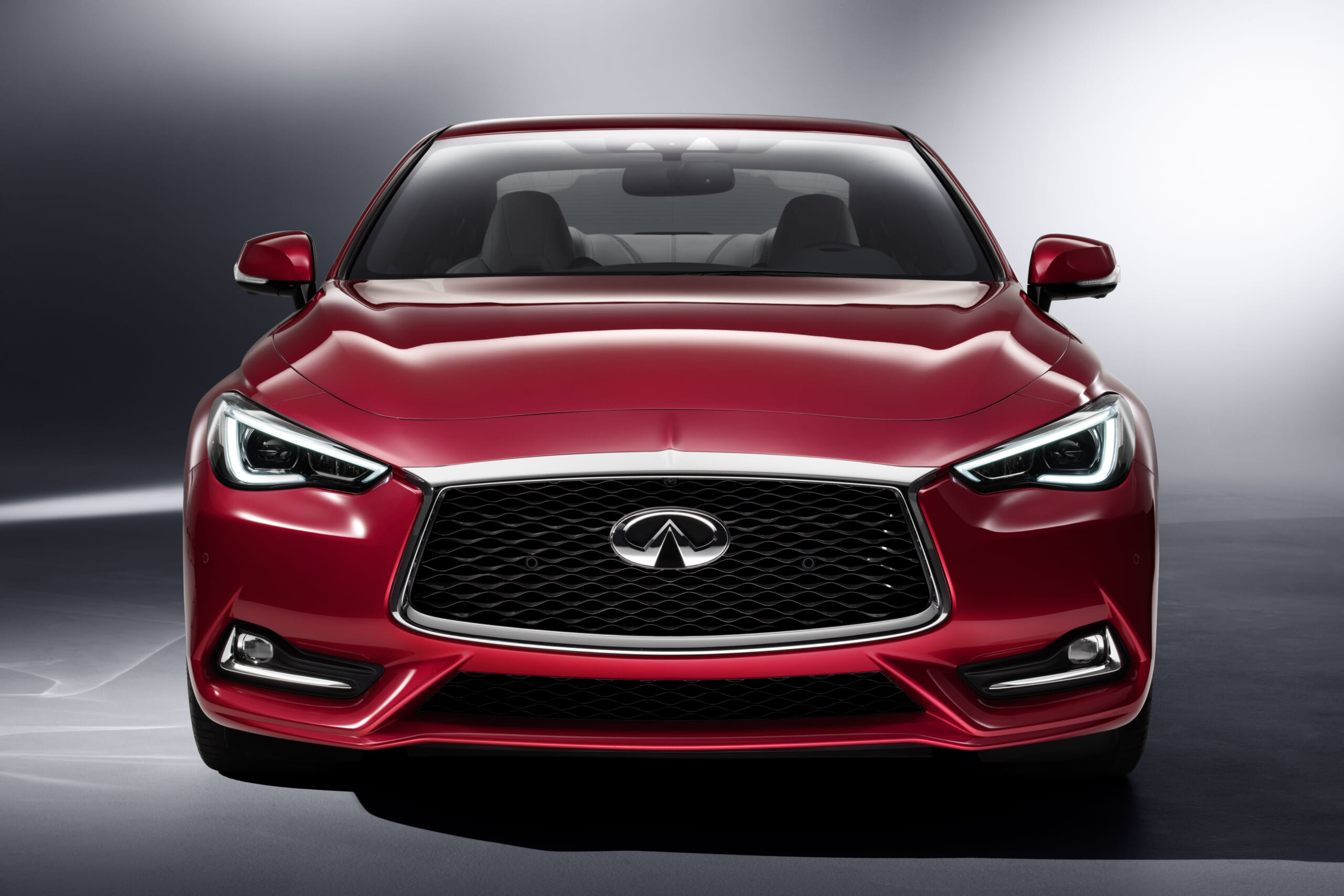
The design’s shortcomings are most apparent in mid-corner, when it seems like the force feedback system forgets that it should try to unwind the steering wheel driving toward the corner exit. At parking lot speeds, the electronic system provides the benefit of very quick steering for less wheel-sawing, but again at the expense of any feeling for what the tires are actually doing.
And when crossing over pavement seams between lanes or over crowned center lines of roads, the front tires can tramline, trying to follow the pavement rather than where the driver is steering. None of this is terrible, but the period reminders of disconnection never let the driver completely forget that it is just a simulation. Or, at least, it seems that way.
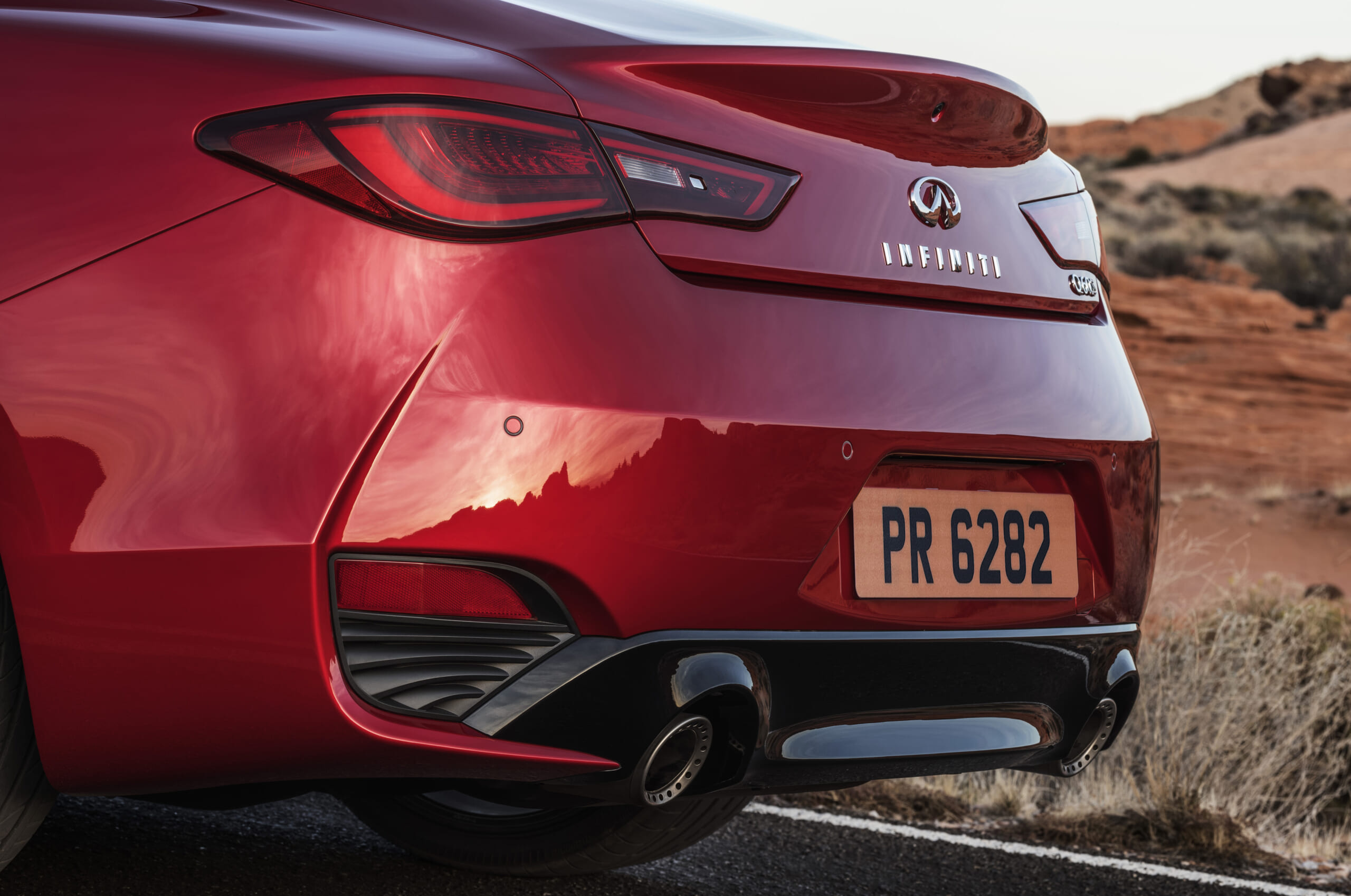
2. Out-of-control traction control.
The Q60 is a muscular 300-horsepower, 295-lb.-ft. sports coupe, with a twin-turbo V6 that easily lights up the car’s rear tires in true enthusiast car fashion. Its high-performance tires are especially prone to breaking traction in the wet or even on chilly fall mornings, so a little care with the gas pedal is prudent.
But overdue things, and the traction control system will intervene. In the bad old days, this meant an abrupt throttle cut, lurching the car and stopping acceleration just when the driver has asked for it.
Newer systems are much more subtle, easing gracefully off the power, tweaking the differential or maybe gently squeezing a single rear brake caliper to keep things in order so invisibly that the driver is left feeling heroic, blissfully ignorant of the computer-assist that is helping keep things under control.
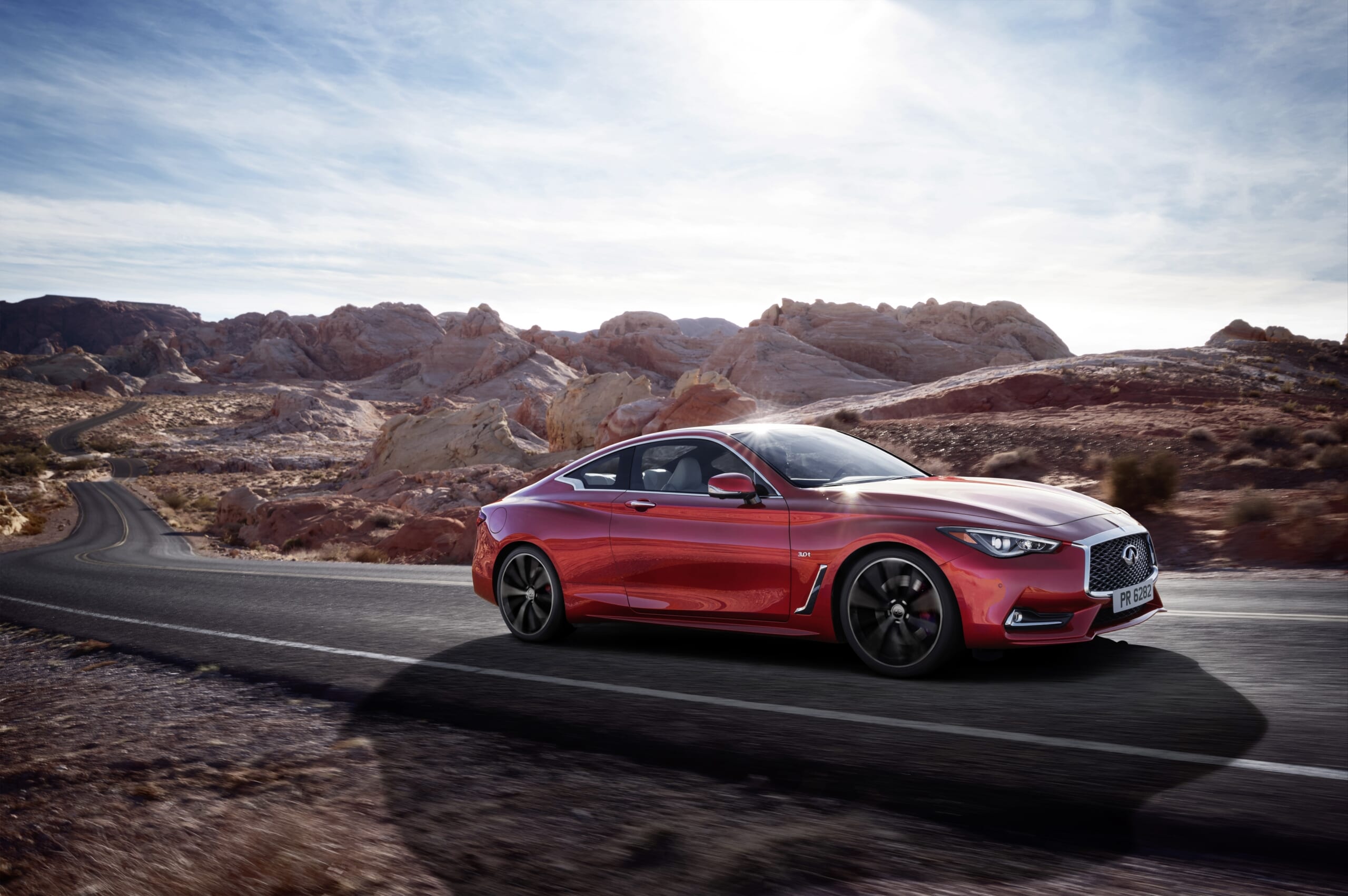
Not so in the Q60, whose traction control system simulates those early, graceless systems with its ham-handed intrusions that destabilize and slow the car when the driver is asking for more power. Sure, the car has a sport driving mode that can retune the traction control system, but that means living with the other aspects of that driving mode, such as transmission programming that is constantly revving the engine by running in lower gears, which feels juvenile and unnecessary during non-sporting commuting.
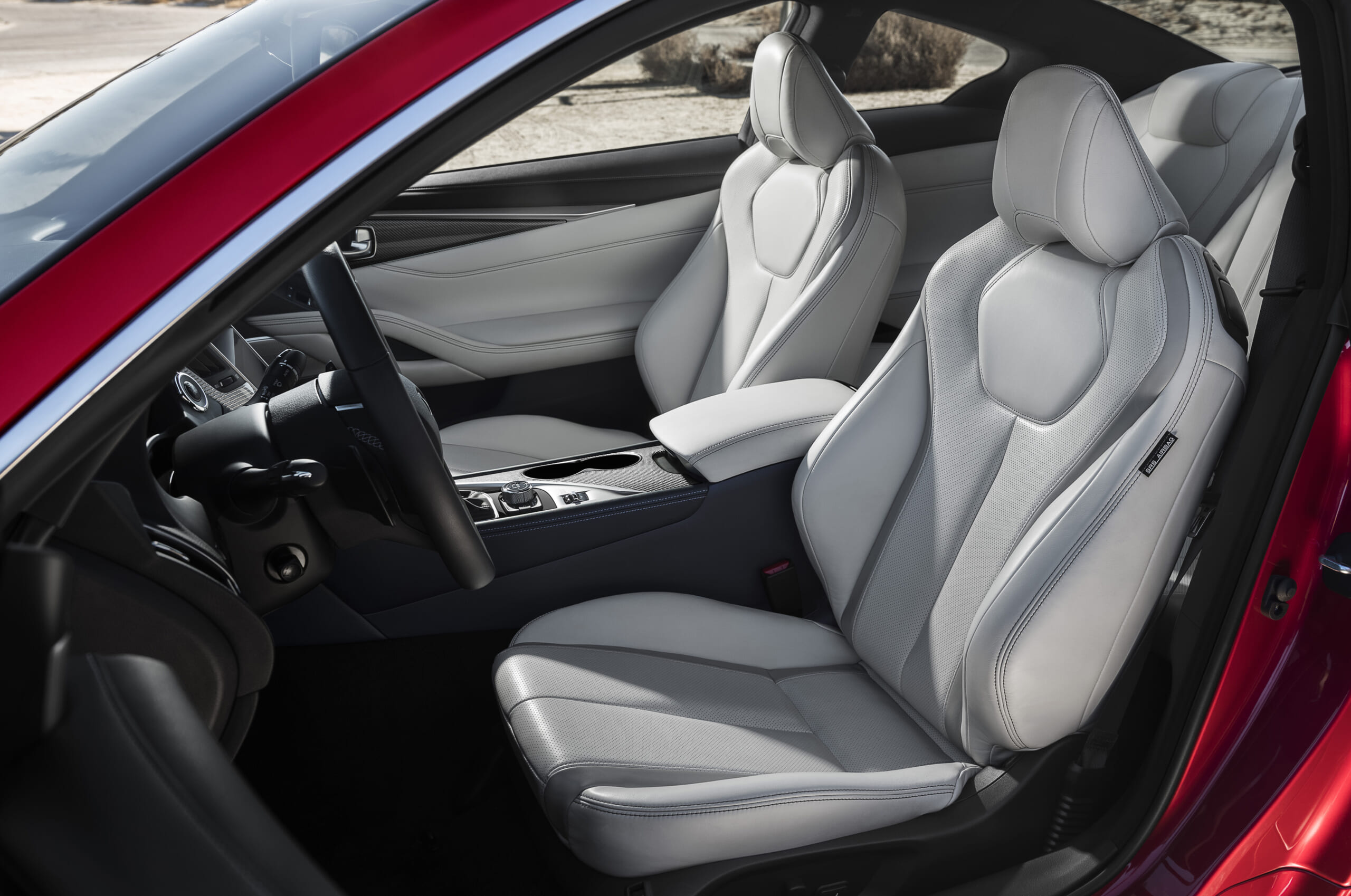
3. Virtual driver’s-ed.
The Q60 provides its driver the safety net of a crash-avoidance system that uses a forward-looking radar to scan for obstacles and warn the driver in case of a possible collision course. In a worst-case scenario, it will automatically intervene, like a virtual driver’s ed teacher, with its own brake and steering wheel.
Unfortunately, the Infiniti’s virtual driver’s ed teacher must have been in a scary crash, because now it clamps suddenly on the brakes at unpredictable times for no obvious reason.
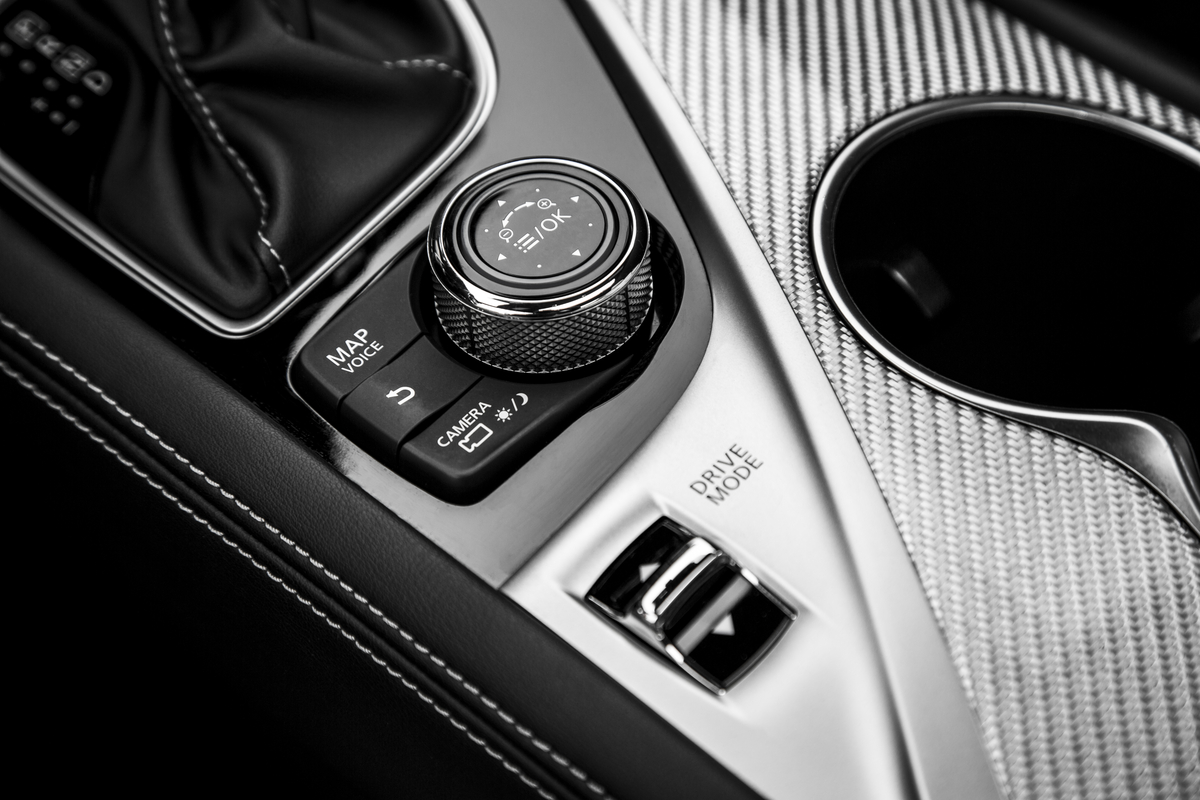
4. Computer-controlled computers.
The Q60 has a large touch screen infotainment display in the center of its dashboard providing the expected navigation and entertainment functions through a nicely useable touch interface.
Inexplicably, however, it is also controlled by another, mostly duplicative display mounted immediately below it which lets the driver control, by touch screen, functions on the top screen. Also, there is a rotary control knob on the center console, which also controls functions on the top display screen. It is more convenient to use the knob to zoom in and out on the navigation map than to press the virtual on-screen buttons, so the knob is appreciated, but as a third method of input, it begins to seem silly.
Plus, there’s another display on the instrument panel between the tachometer and speedometer which also mirrors some of the information on the main display screen, such as radio station selection.
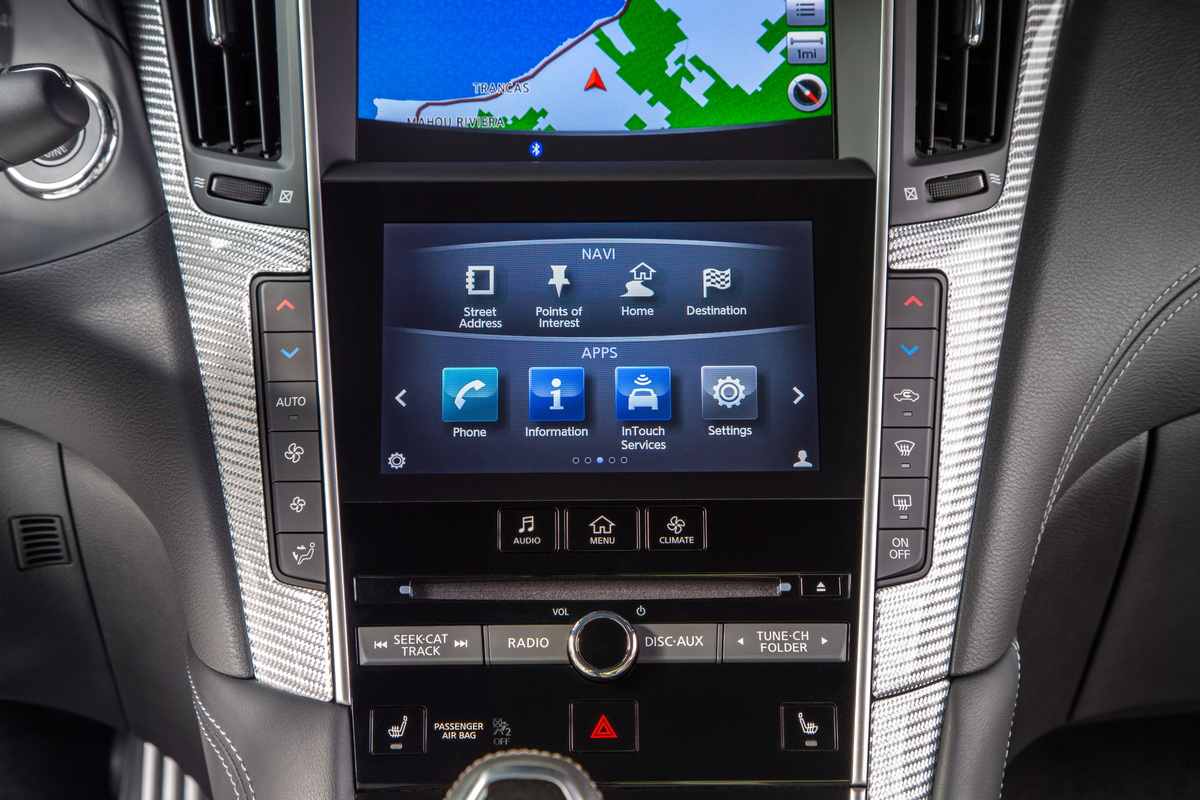
5. Buttons to control computer functions.
The multitude of display screens and rotary control knob let the driver manage all the car’s infotainment and climate control functions. But those screens are surrounded by physical buttons that also do much of the same work. In the case of the seat heaters, the physical buttons switch the seat heaters on and off, but they also control the heat level, whose setting is only discernible on a tiny pop-up display at the bottom corner of the top screen. Miss that, and you keep pressing the seat heater button, wondering why the light won’t go off, because it is scrolling through setting rather than switching off.
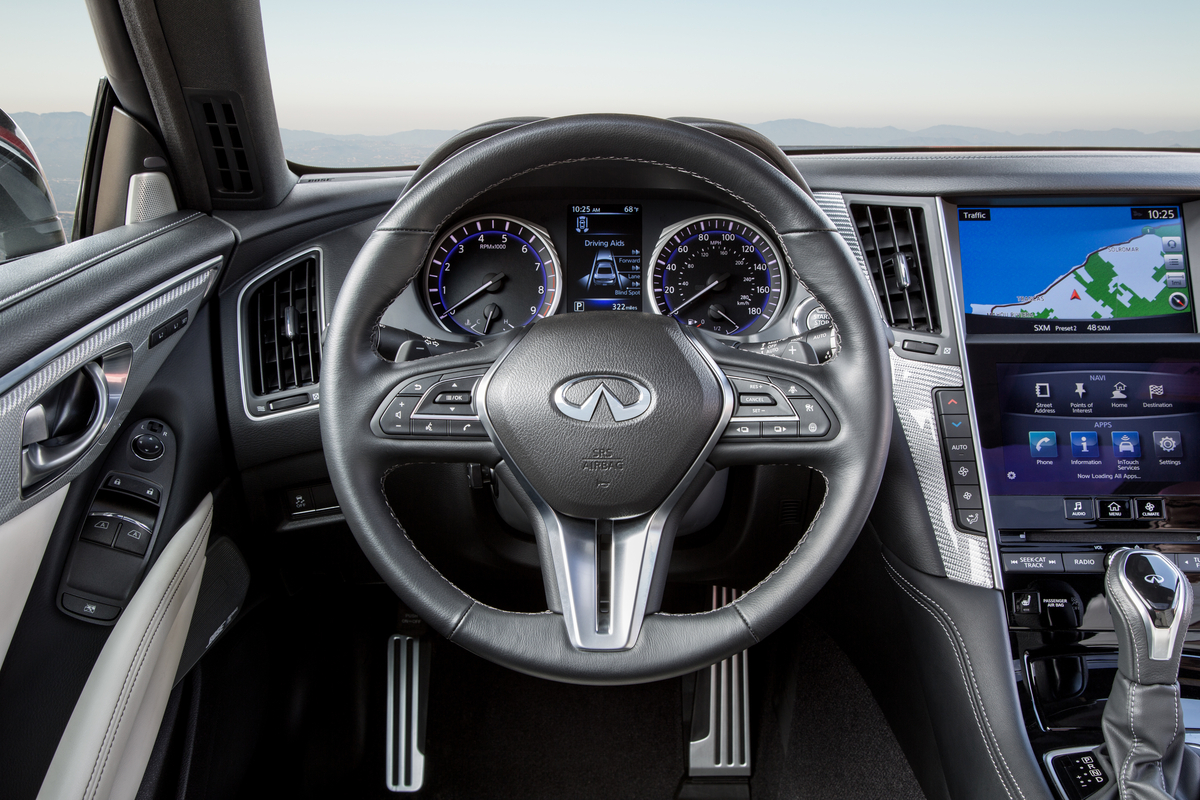
6. Buttons cluttering the steering wheel.
Infiniti has until now employed an elegant scroll wheel on its steering wheel for controlling audio volume. There has been a slender black barrel laid on its side embedded in the right steering wheel spoke that controlled volume by rolling it and selection by pressing down on it, and another on the left side that scrolled through options on the instrument panel’s display.
These two excellent input devices, which are surely more costly to Infiniti than cheap buttons, have helped distinguish the brand’s products from the mainstream Nissan brand cars. Now the Q60 is saddled with the same unsightly proliferation of buttons on its steering wheel as the Nissans, making it a simulation of a car that costs less than its $55,255 price tag. This is a step backward, because Infiniti had the best remote volume control input device in the industry.
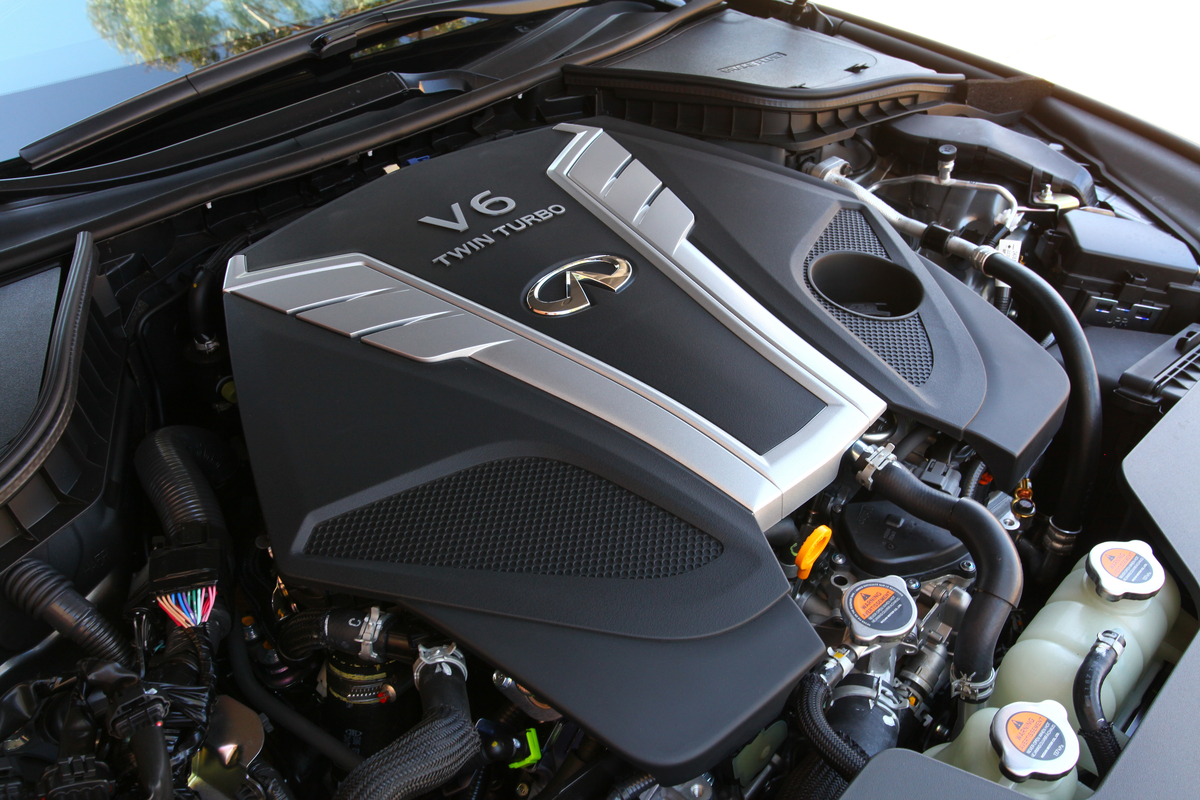
7. There is a replacement for displacement.
Modern turbocharging has finally put an end to the lyrical industry saying with regard to the value of big-displacement engines. Infiniti parent Nissan has earned an enviable reputation for its V6 engine designs, and the Q60’s twin-turbo 3.0-liter unit extends that heritage. Its power output provides a wonderful impersonation of a much bigger engine.
This lets Infiniti conclude this overview on a high note, as the V6’s simulation of a V8 is laudable, and is one of the many fundamental aspects of the car that are are executed well. If the details of the electronic gadgetry is corrected, the Q60 will be the spectacular sports car it has the potential to become.
Fortunately, many of the troublesome gizmos are optional, so just simulate a prudent shopper and leave them off the order sheet for a better car that costs less.






